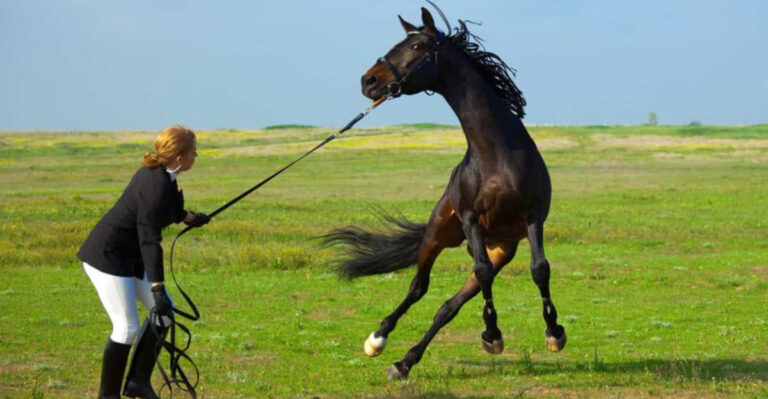Tips To Help Your Dog Make New Friends
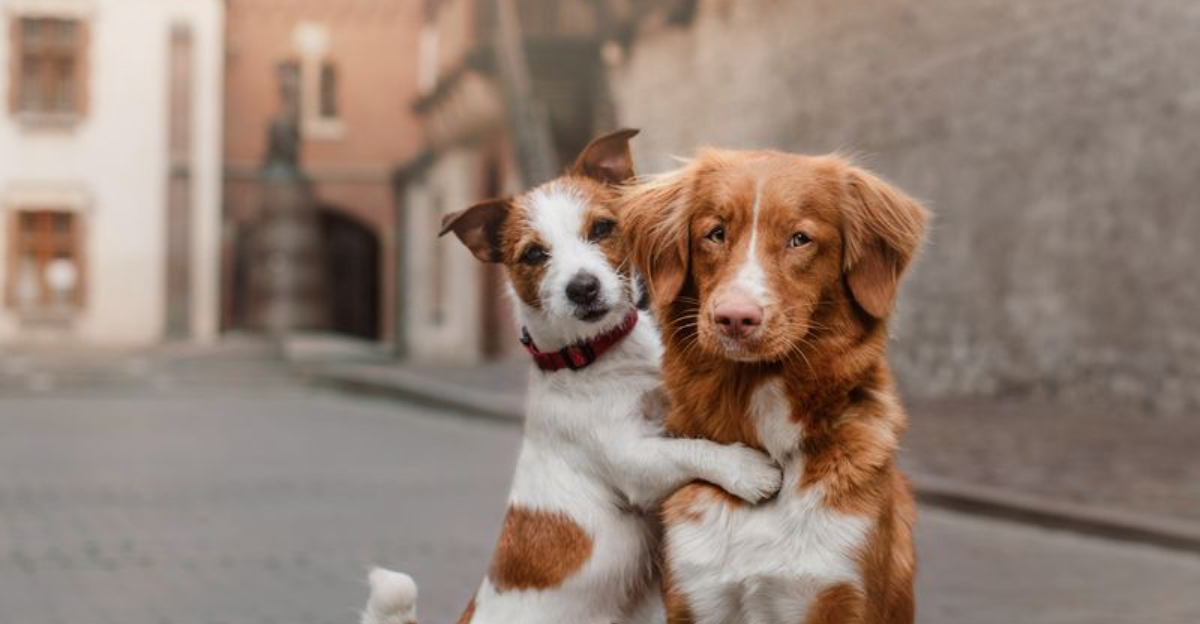
Ever noticed how some dogs make friends faster than a toddler in a playground? Social skills aren’t just for humans – our furry companions need them too!
Whether you have a shy pup or an overexcited greeter, helping your dog build positive relationships makes for a happier, more balanced pet.
1. Start With Neutral Territory
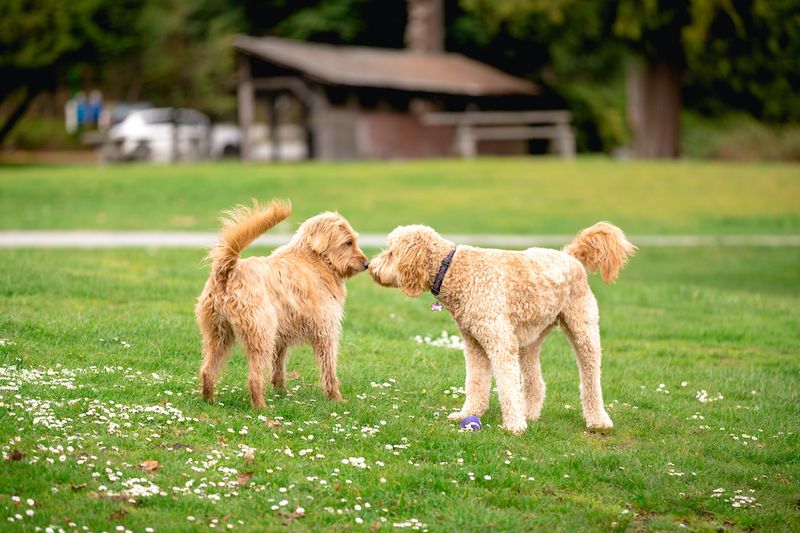
Dogs can get territorial when meeting new friends on their home turf. Choose parks, quiet streets, or open spaces for first-time introductions.
The neutral ground removes the ‘this is MY space’ instinct that might cause tension. Your pup will feel less pressure to defend and more open to making a new buddy.
2. Watch Your Energy Levels
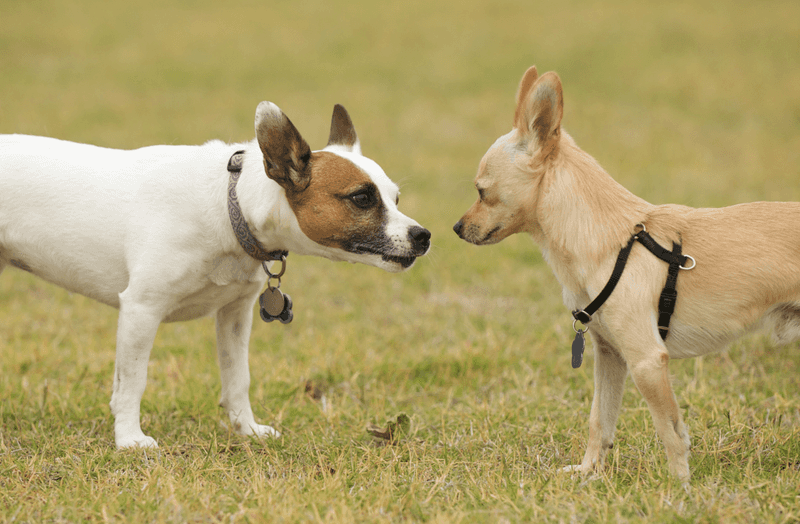
Dogs read our emotions like an open book! Your anxiety travels straight down the leash to your furry friend. Take deep breaths and maintain a calm demeanor during introductions.
Relaxed owners typically have relaxed dogs. If you’re tense or nervous about the meeting, your dog will sense something’s wrong and become defensive or fearful.
3. Master The Parallel Walk
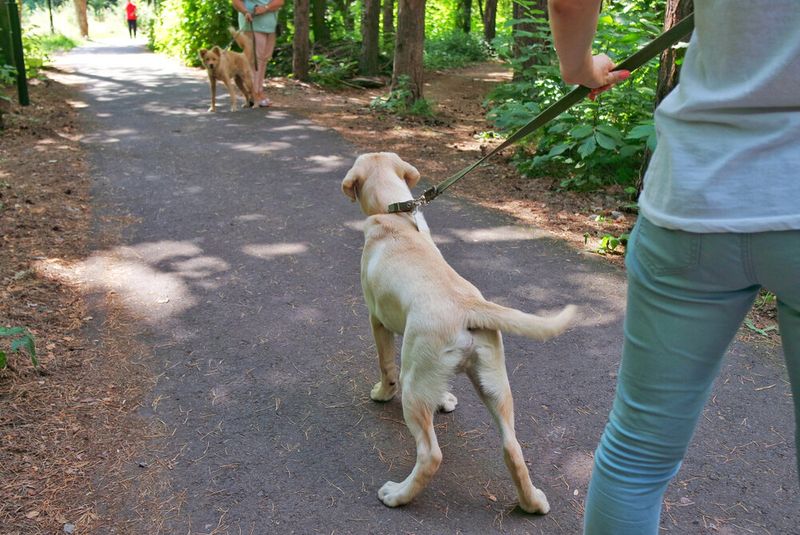
Walking side-by-side before face-to-face greetings works wonders! Start with dogs walking parallel with distance between them, then gradually decrease the gap.
This technique allows dogs to sense each other without the pressure of direct interaction. They’ll exchange information through scent while maintaining their personal space, building comfort before meeting nose-to-nose.
4. Read Body Language Cues
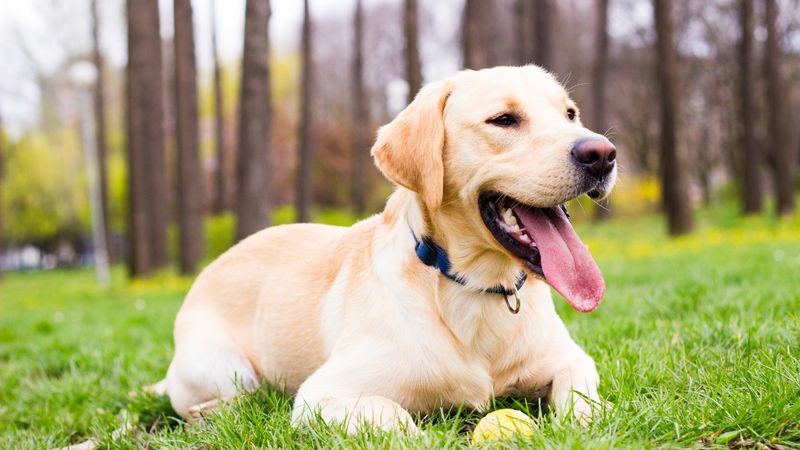
Becoming fluent in dog-speak prevents misunderstandings! Loose, wiggly bodies and play bows signal friendliness, while stiff postures, raised hackles, or fixed stares indicate discomfort.
Watch for subtle signals like ear position, tail movement, and muscle tension. Being your dog’s advocate means ending interactions when stress signs appear, preventing negative experiences that damage socialization progress.
5. Keep Greetings Brief
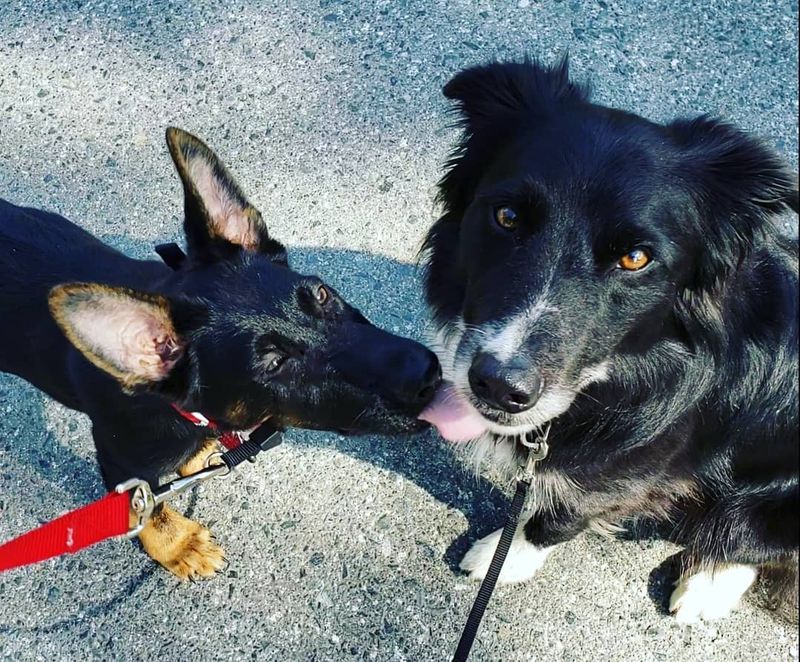
Quick is better than lengthy when dogs first meet! Limit initial interactions to 3-5 seconds before calling your dog away for a treat or play break.
Short encounters prevent overstimulation and keep the experience positive. You can gradually extend meeting times as your dog builds confidence and positive associations with the new friend.
6. Use Proper Leash Handling
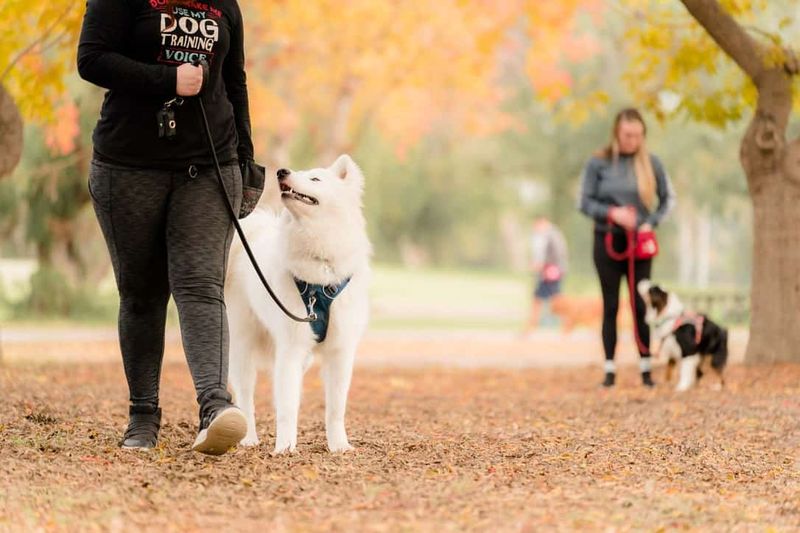
Tight leashes create tension! Hold leashes with a loose J-shape during introductions, allowing natural movement while maintaining safety.
Pulling creates frustration and can trigger defensive reactions. If you need more control, try a longer leash rather than a shorter grip, giving your dog freedom to use proper greeting etiquette while staying connected.
7. Reward Calm Behavior
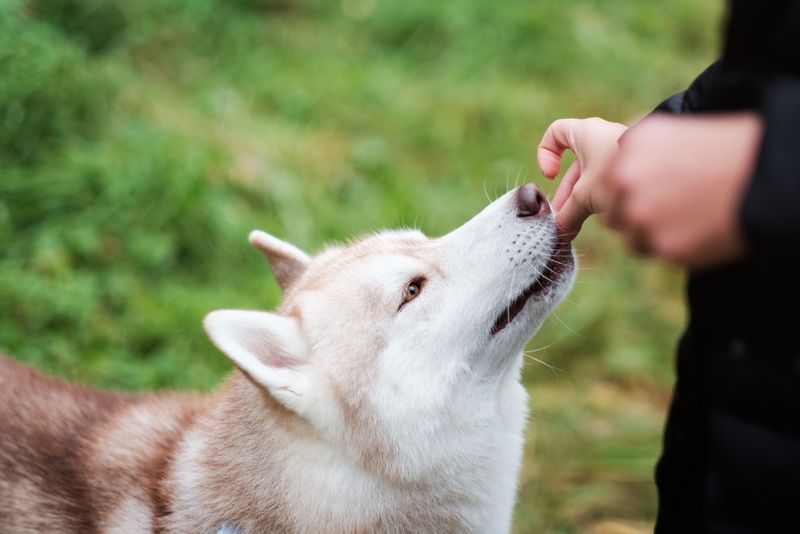
Treats speak louder than words! Carry high-value goodies to reward your pup for peaceful interactions with new dogs. The magic happens when your dog connects meeting others with getting delicious rewards.
Timing matters – mark the exact moment of polite behavior with a clicker or verbal cue before treating. This positive reinforcement builds a foundation for future friendly encounters.
8. Find Compatible Playmates
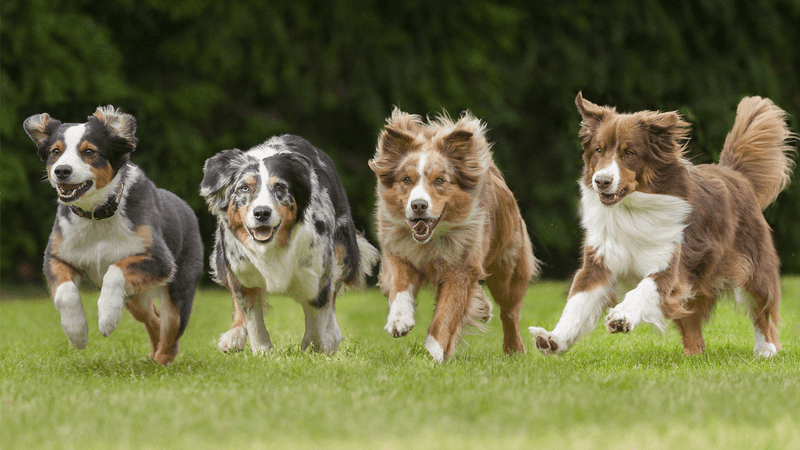
Not every dog will be besties with yours! Match energy levels, play styles, and size for successful friendships. A bouncy puppy might overwhelm a senior dog, while a rough-and-tumble player could intimidate a gentle soul.
Observe how different dogs interact with yours. The right playmate brings out your dog’s confidence without causing stress or fear, creating truly enjoyable social experiences.
9. Create Positive Associations
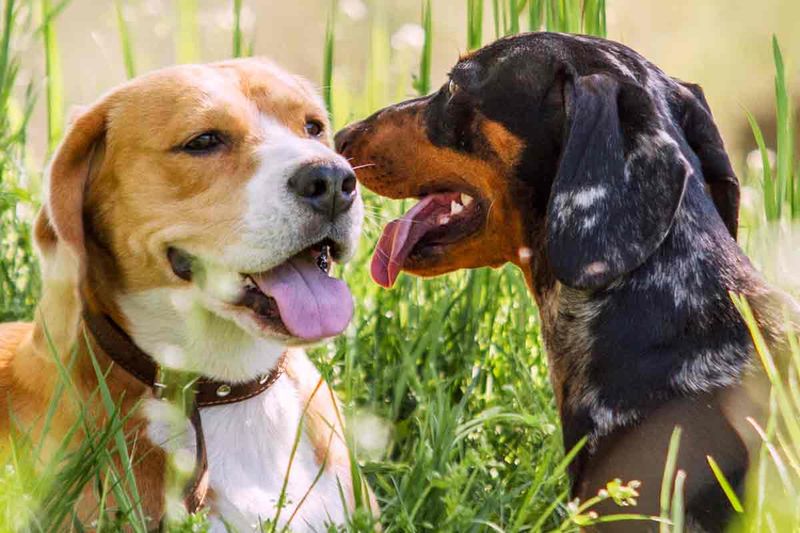
Turn stranger dogs into friendship magnets through clever psychology! Pair the sight of unfamiliar dogs with fantastic experiences – favorite treats, toys, or activities.
Your dog will start thinking, “New dog = good stuff happens!” This classical conditioning works wonders for anxious pups. Begin at distances where your dog notices others but remains comfortable, gradually decreasing space as confidence grows.
10. Attend Structured Classes
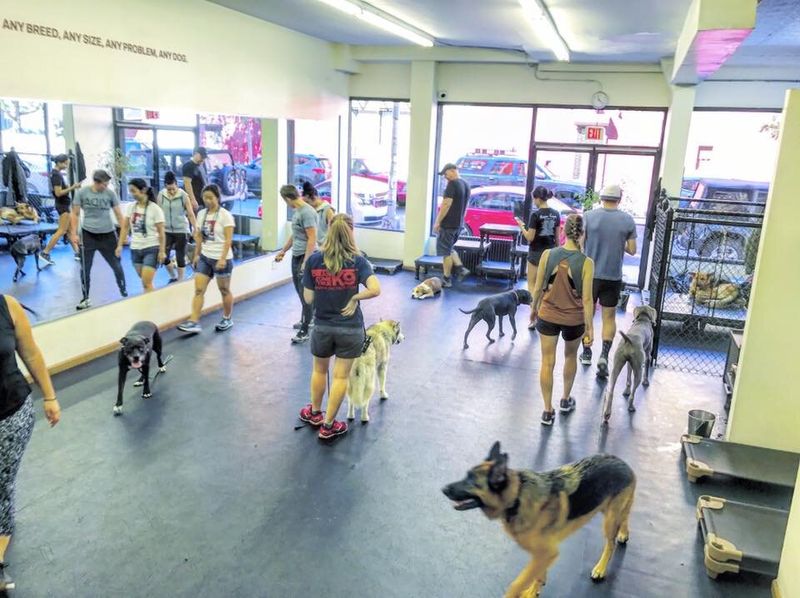
Dog training classes offer friendship opportunities with built-in supervision! Professional trainers create controlled environments where dogs can socialize while learning manners.
The focus on training reduces social pressure, allowing dogs to become comfortable with others nearby. Group classes teach impulse control and appropriate greetings – essential friendship skills that transfer to real-world encounters.
11. Practice Recall During Play
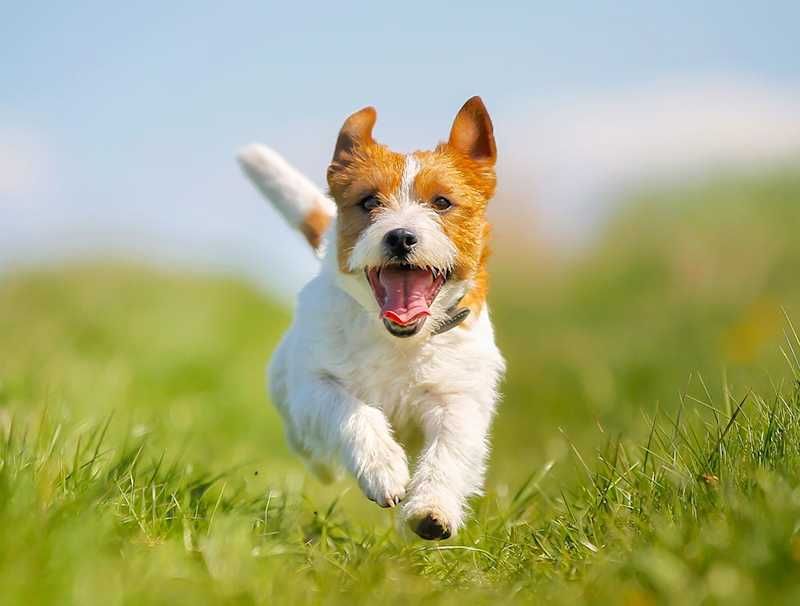
A reliable “come” command is your friendship safety net! Regularly call your dog away from play sessions, reward generously, then release them back to fun.
This teaches your dog that coming when called doesn’t end enjoyment – it’s just a brief pause. Having this control helps you manage interactions before they escalate from playful to problematic.
12. Set Up Regular Playdates
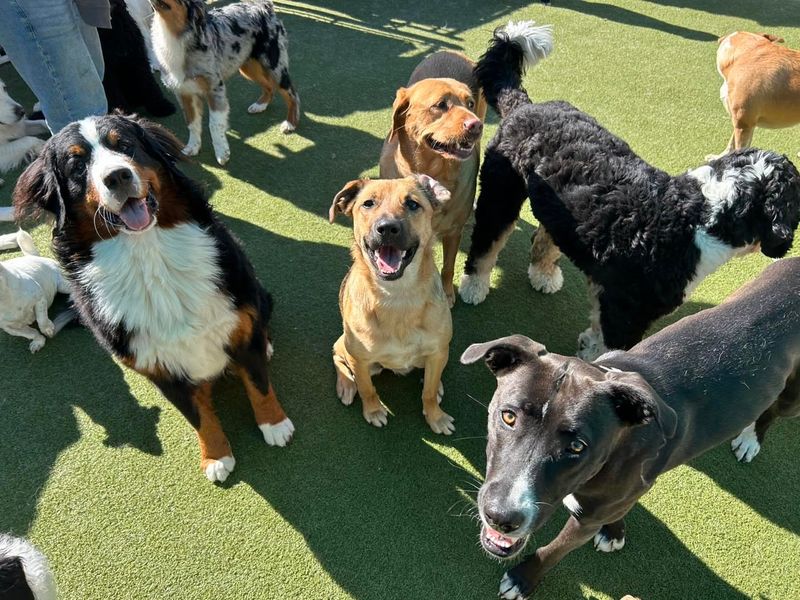
Consistency builds confidence! Once your dog clicks with a compatible friend, schedule regular meetups to strengthen the bond. Familiar playmates create a comfort zone for shy dogs.
These established relationships teach your dog what healthy friendships feel like. The social skills developed in these secure connections make your pup more adaptable when meeting other new dogs.
13. Know When To Seek Help
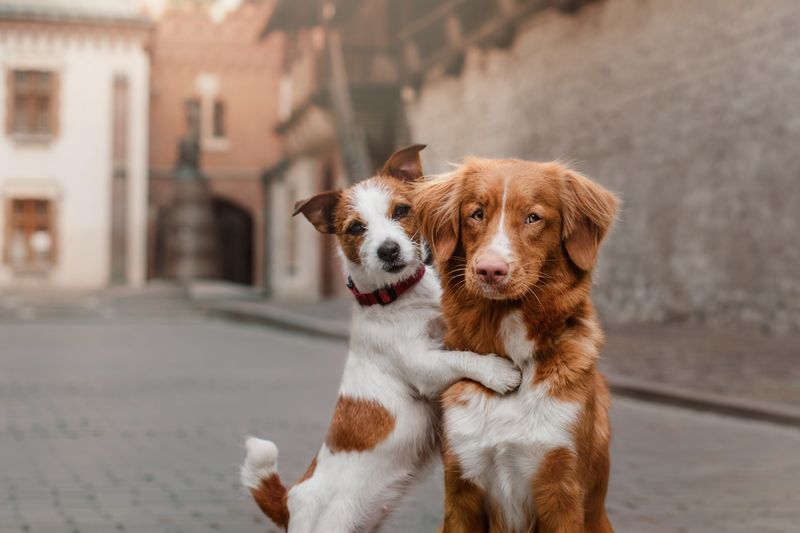
Some social struggles need professional guidance. If your dog shows aggression, extreme fear, or doesn’t improve with basic techniques, consult a certified animal behaviorist.
These experts can create customized socialization plans addressing your dog’s specific needs. Don’t wait until problems escalate – early intervention leads to better outcomes for socially challenged dogs.





